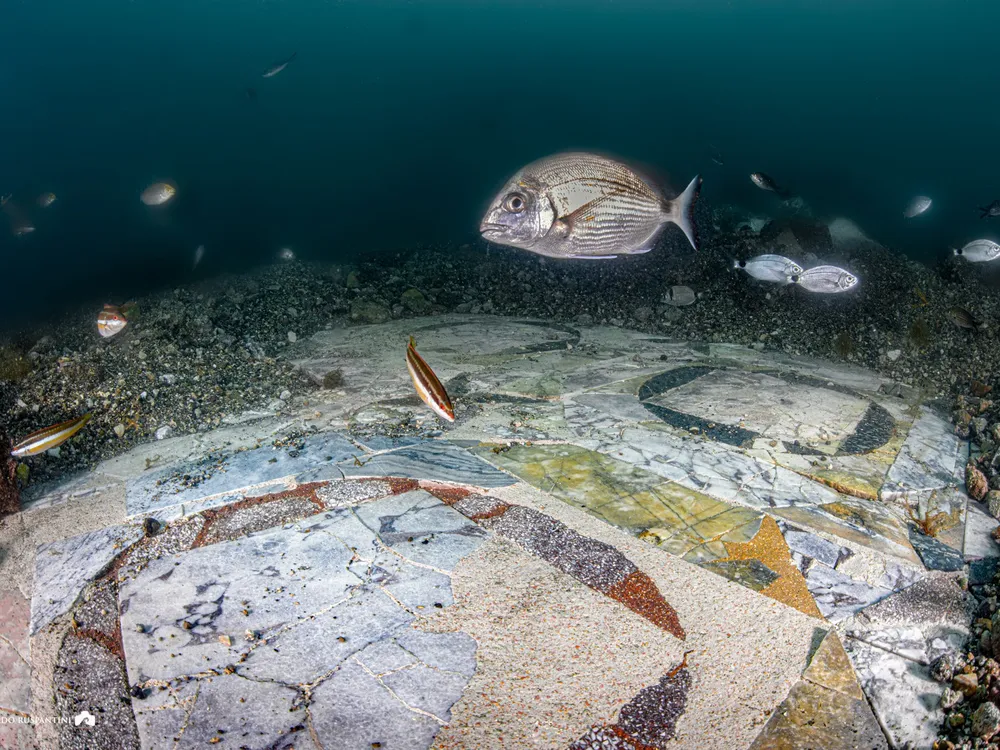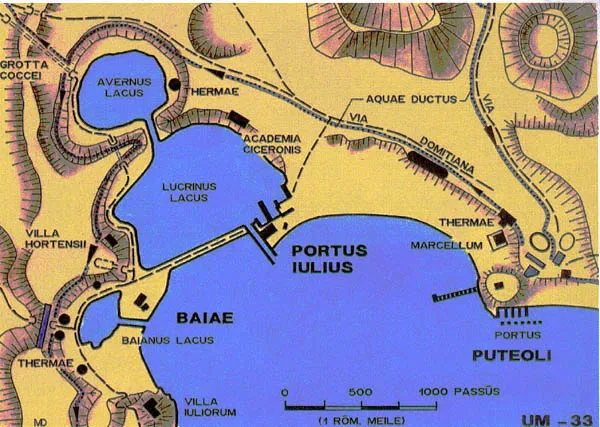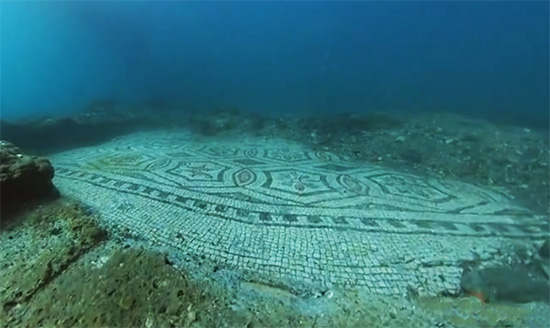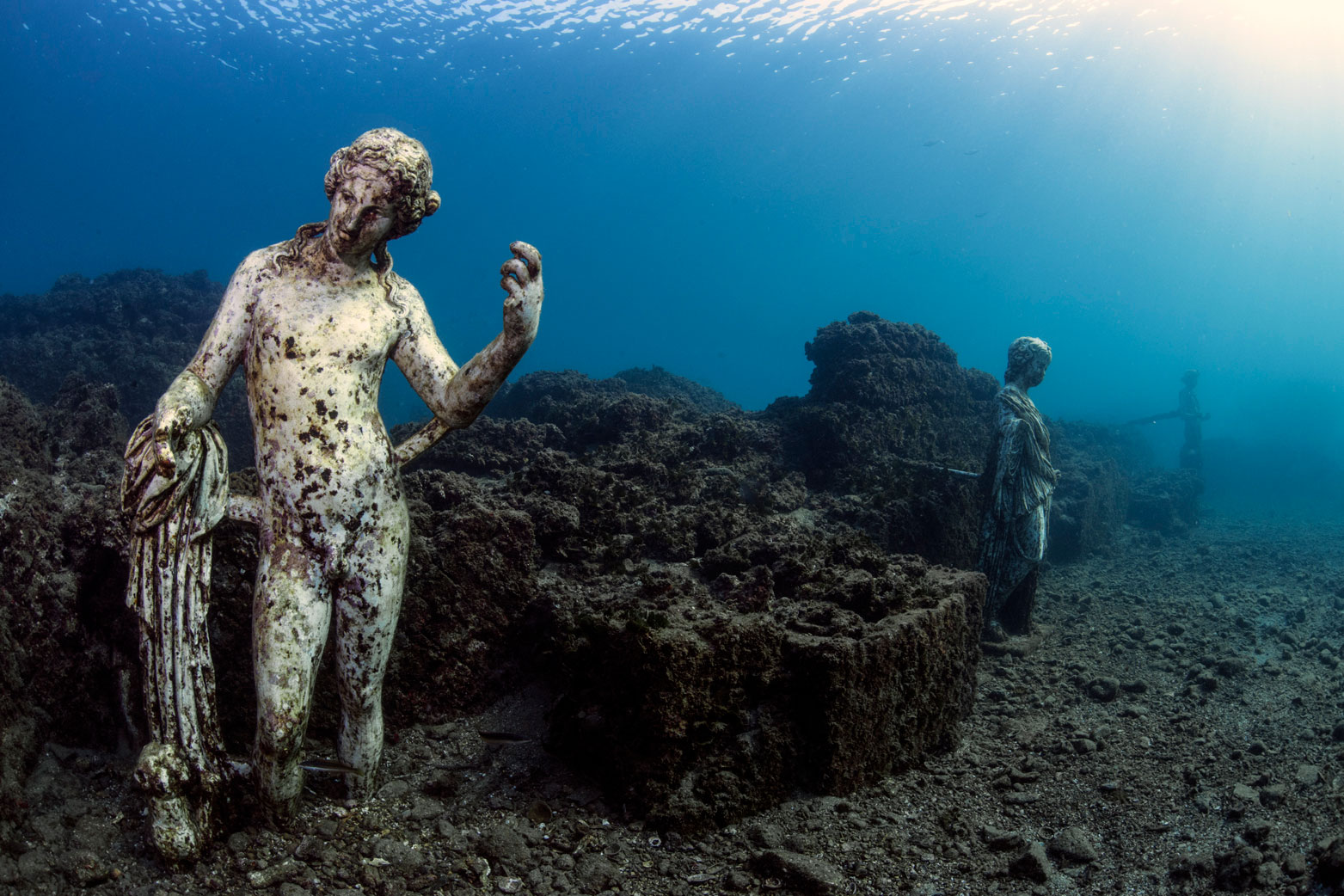Italy
The incredible beauty of the Roman mosaic under the sea

Deep beneath the waves off the coast of Naples, Italy, divers have uncovered a dazzling floor mosaic that once graced a lavish Roman villa. This vibrant marble masterpiece, dating back to the 3rd century CE, likely formed the grand entrance, or “protiro,” of the building.
The villa was situated in the ancient city of Baiae, often dubbed the Las Vegas of ancient Rome. A playground for the elite during the late Roman Empire, rulers like Julius Caesar and Nero owned homes in this town renowned for its hedonistic lifestyle. Baiae was a haven for those seeking pleasure and revelry, a place where reputations could be made or broken.

Baia in Roman times
The mosaic, a type known as “opus sectile” (Latin for “cut work”), features precisely cut shapes that fit together seamlessly to create intricate designs. This style, distinct from traditional mosaics with many uniform tiles, showcases the artistry and craftsmanship of the era.

Ancient Baia
During its prime, the villa boasted a prime location overlooking the sea. However, the region’s volcanic nature, known as the Phlegraean Fields, eventually led to its demise. The villa sank beneath the waves of the Gulf of Pozzuoli as a result of a geological phenomenon known as bradyseism, which is defined by the gradual sinking of land as a result of changes in underground pressure.

Underwater statues
Today, the sunken city of Baiae is a treasure trove for divers, offering a glimpse into a bygone era of opulence and excess. Among the submerged ruins are ancient fountains, baths, columns, and other remnants of a once-thriving city. This latest discovery serves as a testament to the enduring legacy of Roman artistry and the captivating stories hidden beneath the sea.







Terra Lina
August 3, 2024 at 9:46 am
at the last reset/flood , the waters rises !The TARTARIAN civilization from all over the world was decimated ! The Guliver stories and Jules Verne’s stories are more thand truthfull !!!